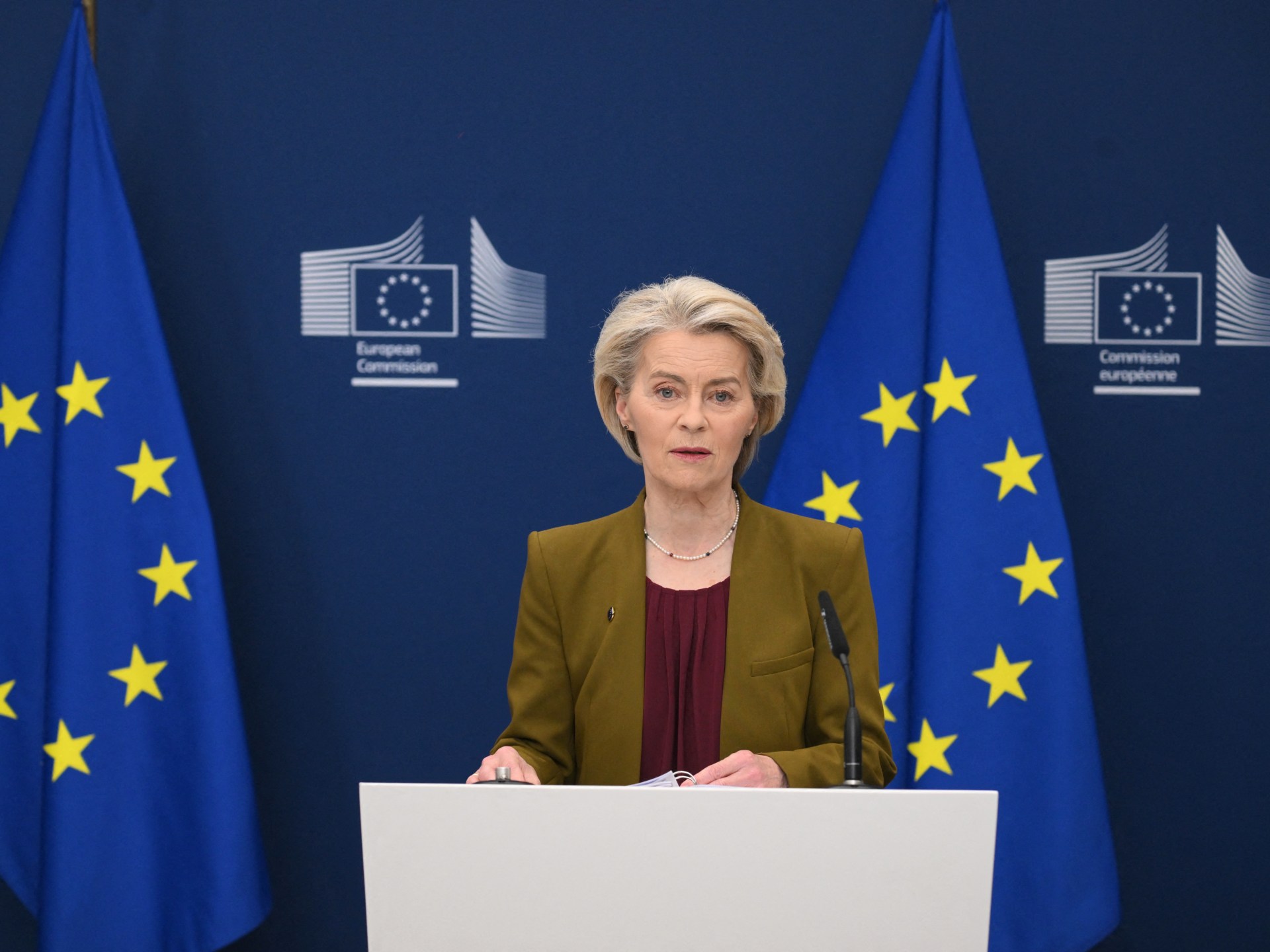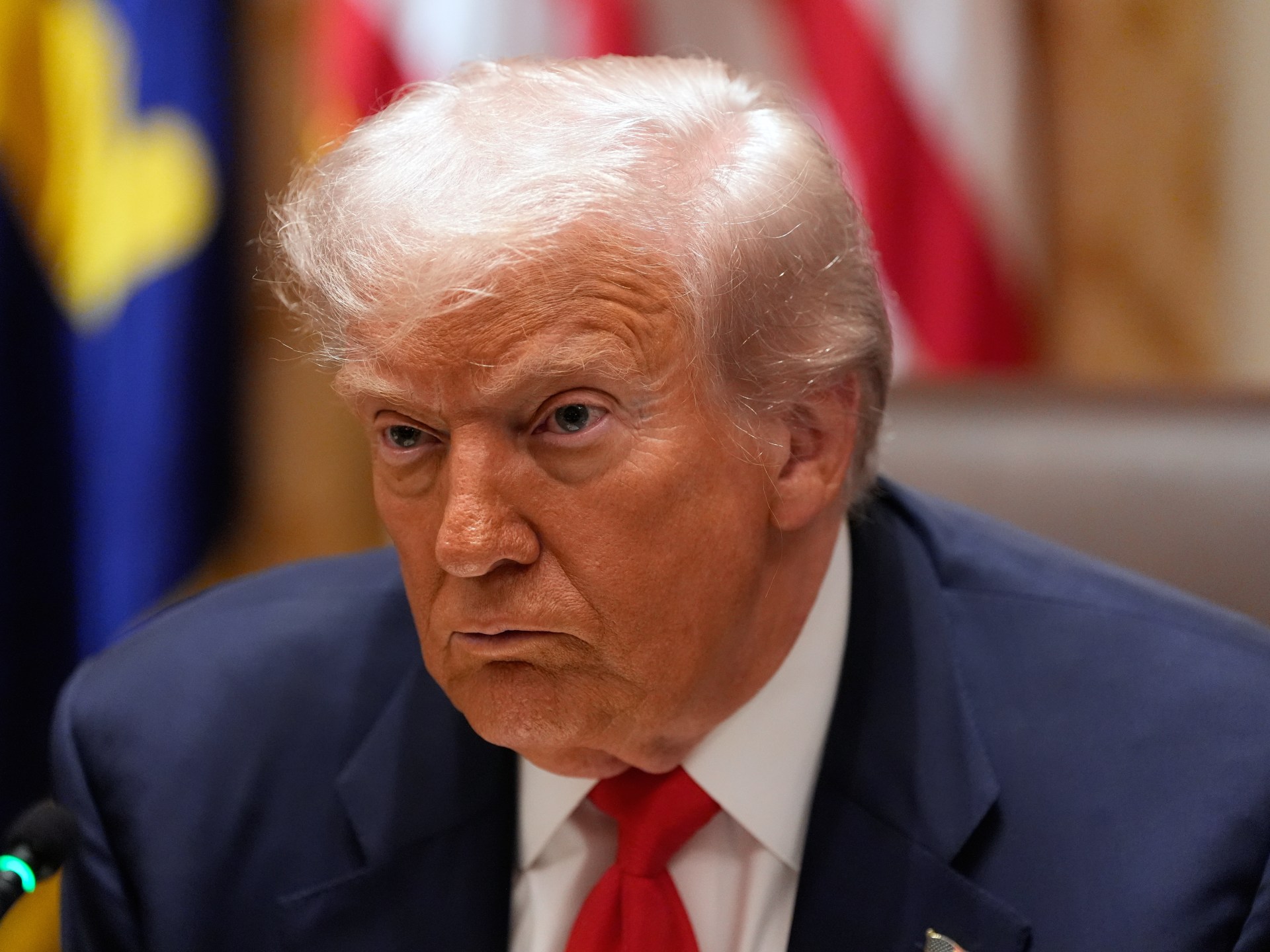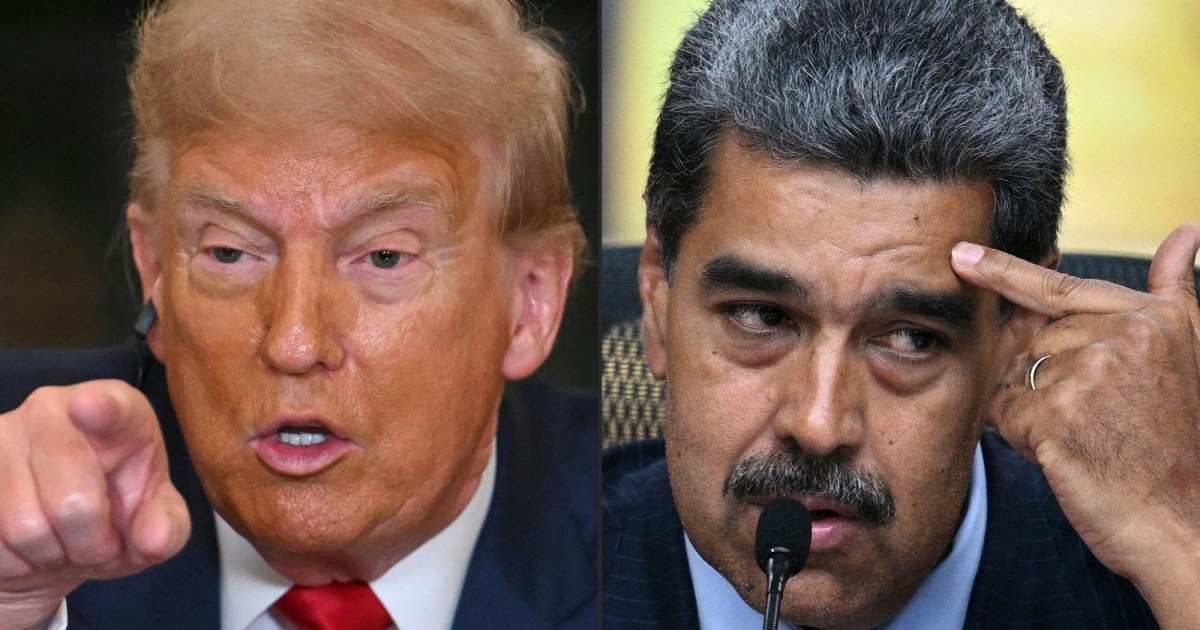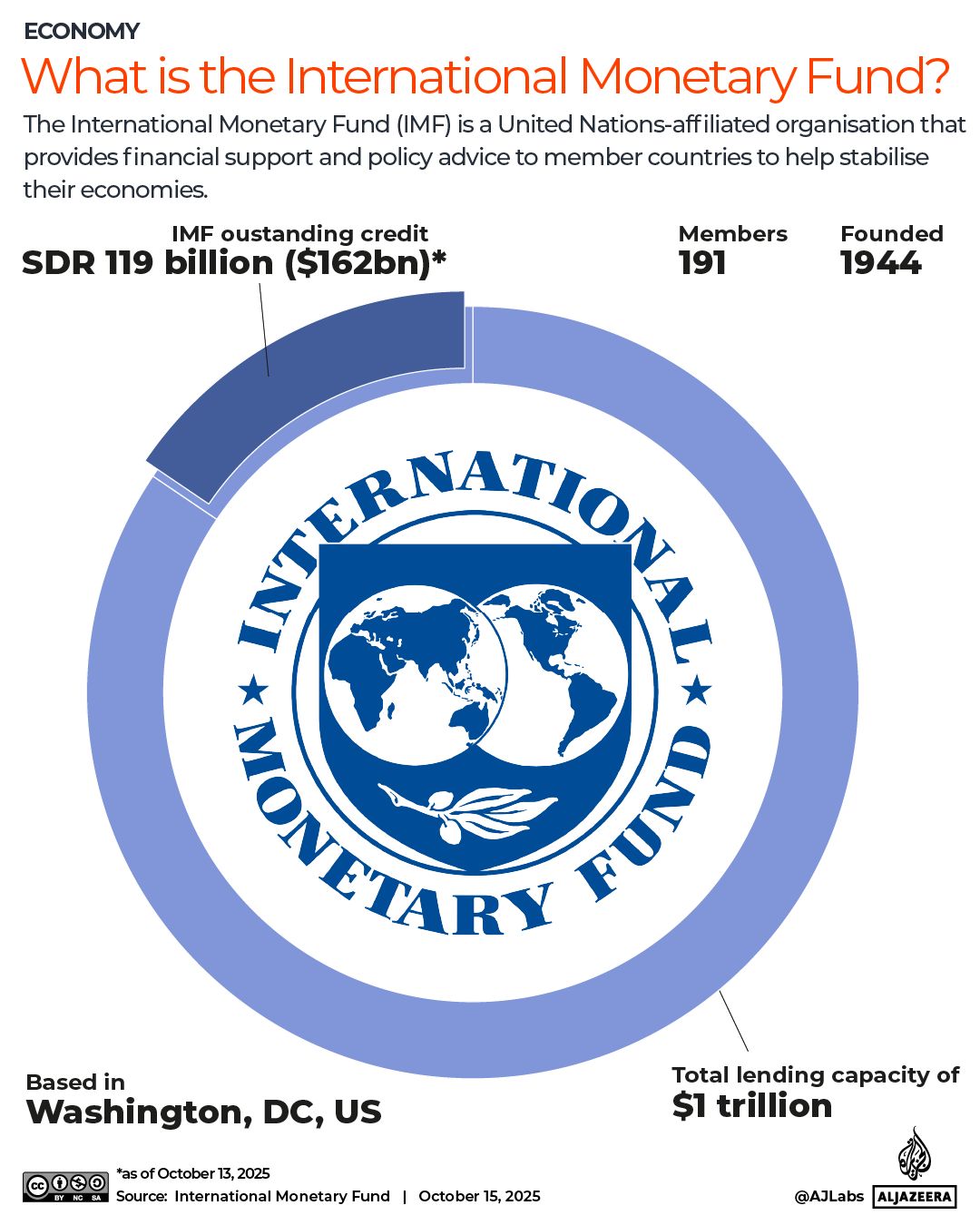The proposal, which forms part of the ‘European Drone Defence Initiative’, is one of several flagship EU projects to prepare the bloc for a potential attack from Moscow.
Published On 16 Oct 2025
The European Commission is in discussions to adopt a new counter-drone initiative to protect European Union airspace from Russian violations, as it seeks to strengthen border security with its own advanced drone technology after a string of drone incursions were reported in a host of EU and NATO member countries over the past month.
The proposal, which was included in a defence policy “roadmap” presented on Thursday, will aim for the new anti-drone capabilities to reach initial capacity by the end of next year and become fully operational by the end of 2027, according to a draft of the document.
Recommended Stories
list of 3 itemsend of list
It will then be presented to EU foreign affairs chief Kaja Kallas, European Commission Executive Vice President for Security Henna Virkkunen, and European Commissioner for Defence Andrius Kubilius.
European Commission President Ursula von der Leyen said last month that it was time for Europe to build a “drone wall” to protect its eastern flank, hours after some 20 Russian drones reportedly entered the airspace of EU and NATO member Poland.
The concept has since morphed into a broader “European Drone Defence Initiative” including a continent-wide web of anti-drone systems in an effort to win support from EU capitals.
The drone initiative is one of several flagship EU projects aiming to prepare the bloc for a potential attack from Russia as its more than three-year-long war in Ukraine grinds on.
In the meantime, as a counterpoint, Russia’s federal security chief said on Thursday that Moscow has no doubt about NATO’s security services’ involvement in incidents with alleged Russian drones over EU territory, Russian news agency RIA Novosti cited him as saying.
Following the drone incursion into Poland, other incidents were reported at airports and military installations in several other countries further west, including Denmark, Estonia and Germany, although there has not been confirmation that the drones were sent by the Kremlin.
For its part, NATO has launched a new mission and beefed up forces on its eastern border, but it is playing catch-up as it tries to tap Ukraine’s experience and get to grips with the drone threat from Moscow.
NATO Secretary-General Mark Rutte said on Wednesday that NATO was now “testing integrated systems that will help us detect, track and neutralise aerial threats” for use on the bloc’s eastern flank.
Ukrainian officials say Russia’s incursions into other countries’ airspace are deliberate.
“Putin just keeps escalating, expanding his war, and testing the West,” Andrii Sybiha, Ukraine’s foreign minister, said last month after the drones were spotted in Poland.
Other NATO allies have also claimed the incursions were deliberate.
However, experts in drone warfare say it is still possible that the incursions were not deliberate.
Russia has denied deliberately attacking any of the European countries, instead accusing them of making false allegations to cause tensions.
While Brussels wants to have the drone project fully up and running by the end of 2027, there is scepticism from some EU countries and fears that the bloc is treading on NATO’s toes.
“We are not doubling the work that NATO is doing; actually, we are complementing each other,” said Kallas.










